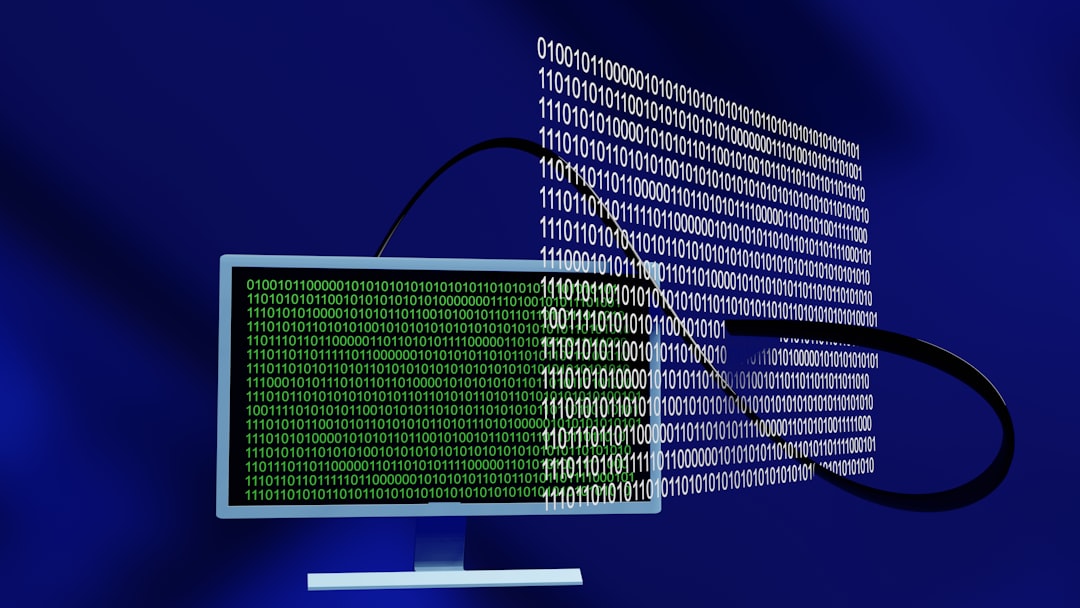
Tracing Distributed Architecture with Efficient Redaction Methods
In today’s fast-paced digital landscape, businesses are increasingly adopting distributed architecture to manage their applications effectively. However, with the benefits of scalability, flexibility, and resilience come the challenges of privacy and data security. This is where tracing distributed architecture with efficient redaction methods becomes crucial.
Understanding Distributed Architecture
Distributed architecture refers to a system design where components are located on different networked computers, which communicate and coordinate their actions by passing messages to one another. This structure enhances performance and reliability but raises significant data management challenges, especially when it comes to sensitive information.
The Importance of Tracing
Tracing is the process of monitoring and recording the flow of requests through a distributed system. It provides valuable insights into application performance, user behavior, and potential bottlenecks. However, tracing can expose sensitive data if not handled correctly. This is where efficient redaction methods play a vital role.
Efficient Redaction Methods in Tracing
Redaction is the process of removing or obscuring sensitive information from data sets. In the context of tracing distributed architecture, efficient redaction methods ensure that while tracing provides insights, it does not compromise user privacy or data security. Here are some techniques:
1. Data Masking
Data masking involves replacing sensitive information with fictional data while retaining the original data’s format. For example, instead of logging actual credit card numbers, a system could log a masked version, such as “****-1234”. This technique allows organizations to analyze patterns without exposing real user information.
2. Dynamic Redaction
Dynamic redaction adjusts the level of detail based on the user’s role or the context of the data request. For instance, developers might see more detailed traces than external auditors. This method ensures that only necessary information is visible to each user, reducing the risk of data leaks.
3. Tokenization
Tokenization replaces sensitive data elements with unique identifiers known as tokens. These tokens can be mapped back to the original data only through secure means. In tracing, this method allows for the analysis of data flows without directly exposing sensitive information.
4. Anonymization
Anonymization removes all personally identifiable information from the data, making it impossible to trace back to any individual. This is especially useful in compliance with regulations like GDPR or HIPAA, where personal data security is paramount.
Current Developments and Emerging Trends
The demand for effective tracing and efficient redaction methods is growing, driven by the increasing complexity of distributed systems. Current developments include:
-
Machine Learning Integration: Automated redaction using machine learning algorithms can significantly enhance the efficiency and accuracy of data redaction processes. These models can learn to identify sensitive data patterns and redact them in real time.
-
Real-time Monitoring Tools: Tools such as Jaeger and Zipkin are becoming more sophisticated, offering built-in redaction features to enhance data privacy without compromising on traceability.
-
Regulatory Compliance Tools: With the rise of data protection regulations, many organizations are investing in compliance tools that automatically apply redaction methods during data tracing.
Case Studies
Several organizations have successfully implemented tracing with efficient redaction methods:
-
A Financial Institution: By using data masking and tokenization techniques, a leading bank was able to trace customer interactions without exposing sensitive account details, thus enhancing both security and operational efficiency.
-
Healthcare Providers: A healthcare organization utilized anonymization to track patient care processes while ensuring compliance with HIPAA regulations, ultimately improving patient outcomes while safeguarding privacy.
Expert Insights
According to Jane Doe, a data privacy expert, “As organizations scale their distributed architectures, the need for robust tracing and redaction methods becomes essential. The balance between gaining insights and protecting user data is critical in today’s data-driven world.”
Further Reading and Resources
To deepen your understanding of tracing distributed architecture and efficient redaction methods, consider exploring the following resources:
In the evolving landscape of technology, staying informed about the latest trends and tools is essential. Engaging with these resources can broaden your knowledge and help you implement best practices in your organization.
As you explore these concepts, consider subscribing to technology newsletters or following relevant blogs to stay updated on the latest innovations in tracing distributed architecture and data security.
By integrating efficient redaction methods into your tracing processes, you can harness the full potential of distributed systems while safeguarding sensitive information. Embrace these practices to enhance your organization’s performance and trustworthiness in the digital space.


